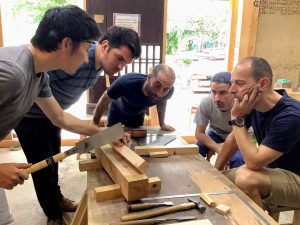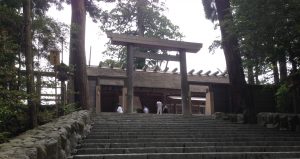
Considered one of the most important shrine in Japan, it is dedicated to Amaterasu-Omikami.
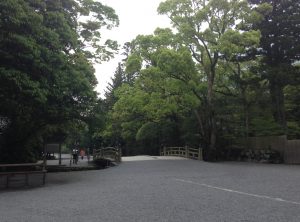
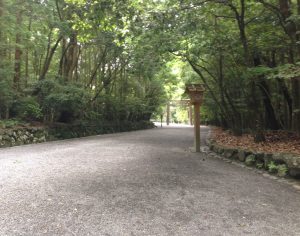
There are two main shrines, the Naiku (Inner Shrine) and Geku (Outer Shrine). The area is huge, about the same size as Paris.
All around, there are enormous trees that are easily thousands of years old.
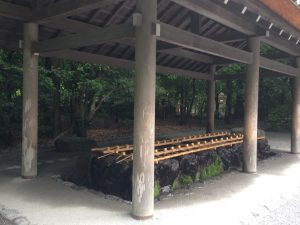
Japanese Cedar is used for all the construction parts.
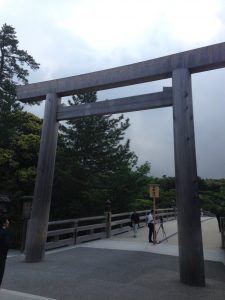
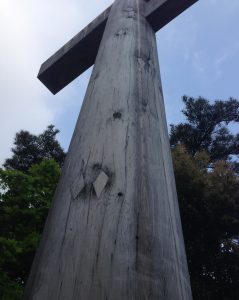
Every crack and knot is painstakingly filled.
All the cylinder shaped wood is finished using a plane. How?
Planes with curved base are made according to the circumference of the wood. This is a demanding process as one plane can only shave a particular circumference of the wood. the sharpening stone is also modified in order to sharpen the curved blade. Simply put, it is a lot of work.
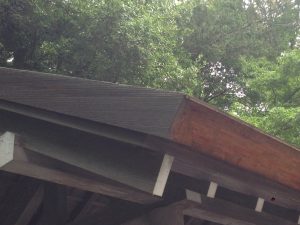 A Kokerabuki roof. It is made from over-lapping thin pieces of wood.
A Kokerabuki roof. It is made from over-lapping thin pieces of wood.
Shikinen-Sengu
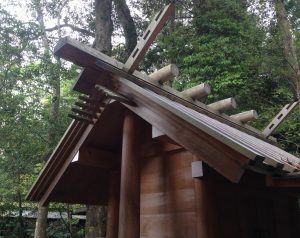
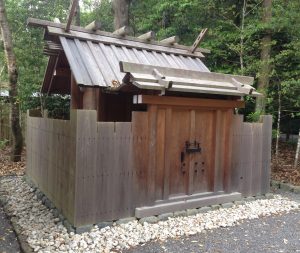
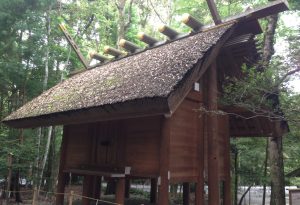
Every 20 years, the shrines are rebuilt brand new and the Kami (god) Holy Mirror (a symbol of Amaterasu-Omikami) is moved into the new one. The construction of the new shrines starts 8 years before the ceremony. A total of 14 shrines and the Uji bridge is rebuilt. This is done to provide the Gods with a forever new, yet original and ancient shrine. This also allows the skills and knowledge to be passed on to the next generation. The tradition has lasted 1300 years.
The construction methods and the layout remains the same as the original.
The materials from the existing shrine is used to rebuild other smaller shrines around Japan.
At the height of the construction, there are about 150 craftsmen working to rebuild the shrine. The craftsmen gather from all across the country. They are employed by the Shrine for the duration of the construction. Since there are a total of 125 shrines in Ise Jingu, full time Mia-Daikus are employed to rebuilt the smaller shrines.
The Japanese cedars used are from the land the Shrine own and also brought in from other states. The trees used are about 150 to 200 years old and up to 300 years old for the bigger parts. In comparison, the wood used for houses are less than 100 years old.
After the wood is fell, it is first left in the water (a pond) for 2 to 3 years. This slowly dries the wood in the water, helping to reduce cracks. Next it is left to dry on the land, then kept in storage. The whole drying process takes more than 10 years.
At Suikoushya, we share traditional Japanese woodworking techniques and skills. Since it is a small group system, we will provide guidance tailored to each individual’s skills, from beginners to woodworking professionals. Please join us!
I look forward to sharing fine woodworking with you.
One month Japanese woodworking classes
